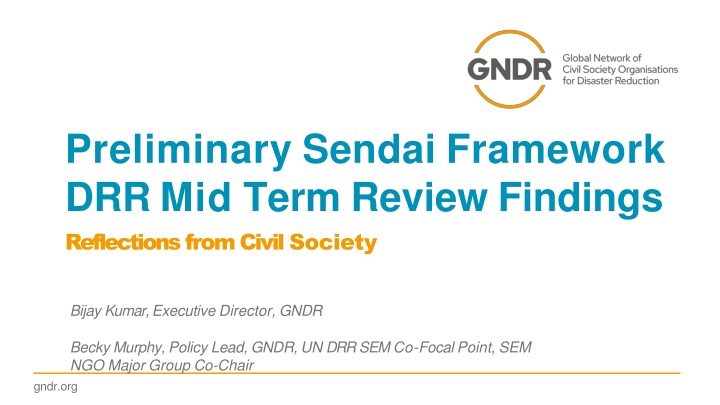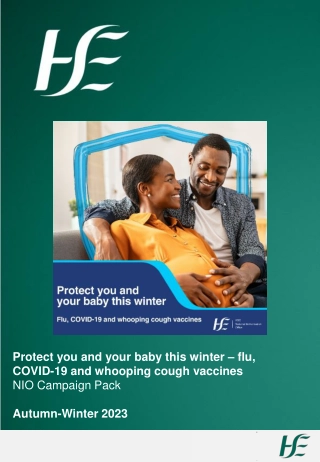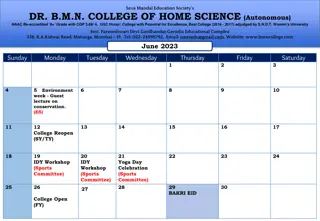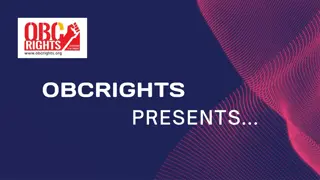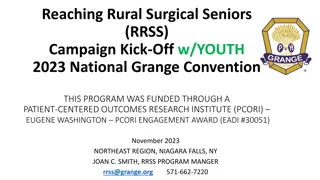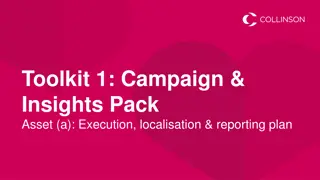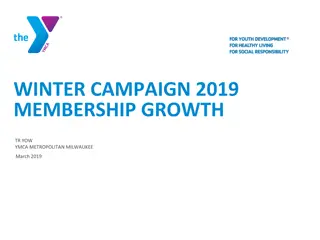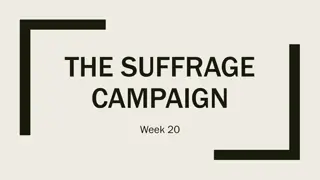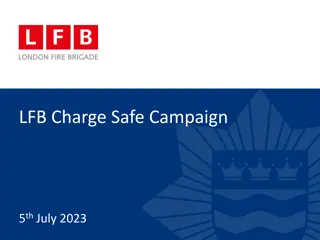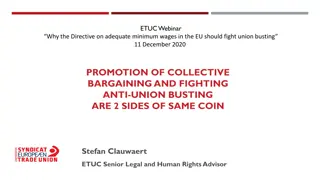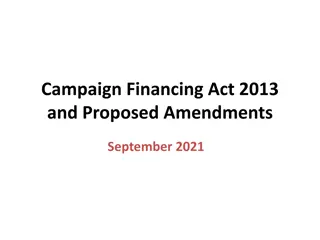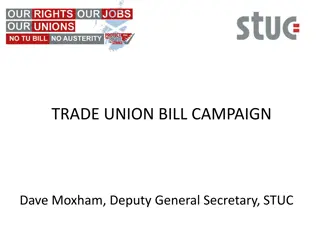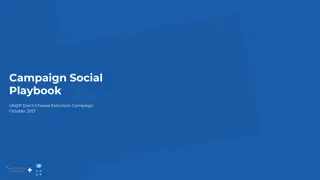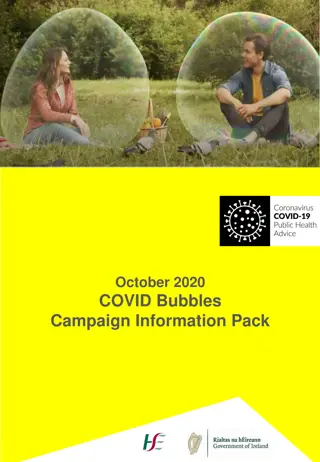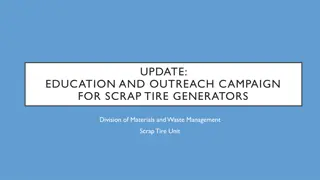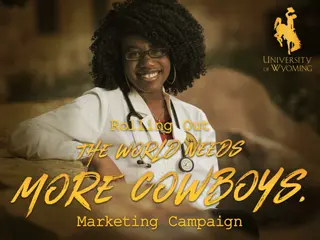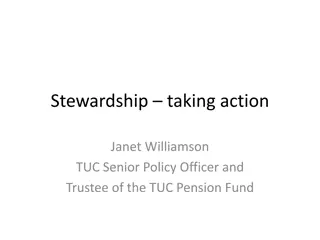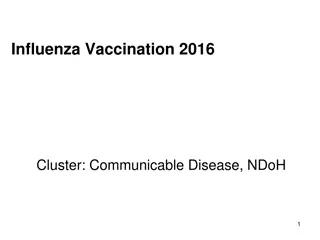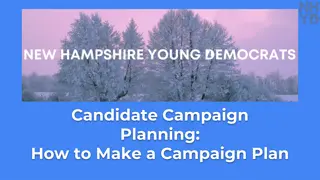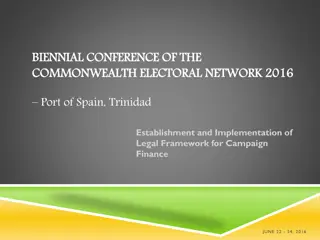Swachhta hi Seva Campaign Launched by Union Government of India
The Union Government of India has launched the 'Swachhta hi Seva' campaign aimed at promoting cleanliness and sanitation in the country. The campaign focuses on addressing issues such as open defecation, poor hygiene, and economic losses due to lack of proper sanitation facilities. With a strong emphasis on the connection between cleanliness and economic growth, the campaign strives to make India a cleaner and healthier nation. Led by Prime Minister Narendra Modi, this initiative aims to bring about a paradigm shift in the country's perception and global image. Join the movement to make India cleaner and safer for all its residents.
Download Presentation

Please find below an Image/Link to download the presentation.
The content on the website is provided AS IS for your information and personal use only. It may not be sold, licensed, or shared on other websites without obtaining consent from the author.If you encounter any issues during the download, it is possible that the publisher has removed the file from their server.
You are allowed to download the files provided on this website for personal or commercial use, subject to the condition that they are used lawfully. All files are the property of their respective owners.
The content on the website is provided AS IS for your information and personal use only. It may not be sold, licensed, or shared on other websites without obtaining consent from the author.
E N D
Presentation Transcript
Preliminary Sendai Framework DRR Mid Term Review Findings Reflections from Civil Society Bijay Kumar, Executive Director, GNDR Becky Murphy, Policy Lead, GNDR, UN DRR SEM Co-Focal Point, SEM NGO Major Group Co-Chair gndr.org
GNDR is a member-led network 1,600 organisations working in 128 countries GNDR is the largest international network of civil society organisations working to strengthen resilience and reduce risk in communities We connect frontline civil society organisations with national and international policymaking institutions and governments We influence policies and practices by amplifying the voices of people most at risk gndr.org 2
Methodology Civil society have a critical role to play in monitoring the Sendai Framework GNDR undertook an independent review of the Sendai Framework across three regions: (1) Africa (2) The Americas (3) Asia Pacific All data was collected through an online survey sent to GNDR members The responses to this survey were collected until 31st Jan 2022 A total of 120 Civil Society Organisations responded Three regional reports and one global analysis report have been developed providing a more details overview of the GNDR member s reflections Important to note that the messages in this presentation are preliminary findings from GNDR s members and direct opinions from the 120 CSO gndr.org 3
Global Overview Sendai Framework Priorities (topline reflections directly from CSOs) Progress: Respondents felt that priority 1 (understanding risk) had made significant progress. Lacking progress: Respondents felt that priority 2 (risk governance) and priority 3 (investing in disaster risk reduction and resilience) were not progressing well enough Unsure Respondents were unsure about the progress being made on priority 4 (increased preparedness and build back better). Particular challenges highlighted around COVID19 gndr.org 4
Global Overview Sendai Framework Targets Progress: Target A (reducing global mortality) Target B (reducing people affected) Target C (reduce economic loss) Target D (reducing impact on infrastructure) Target E (increasing countries with disaster risk management plans) Lacking progress: Target F (enhance international cooperation) Target G (increase the availability of EWS) are felt to be lacking in progress and still seen as a challenge. gndr.org 5
Achievements Governance mechanisms for disaster risk reduction are now in place Investment has been made in understanding disaster risk reduction across multi- stakeholders and all levels CSO organisations have invested in communities understanding of disaster risk reduction Most successful interventions included: community led initiatives, collaborative governance, and an all of society approach. However, it was also well noted that global risk is increasing and significant challenges still persist gndr.org 6
Challenges Specific challenges shared by CSO members included: Equality and inclusion is still seen as a stand alone issue and needs to be mainstreamed into all areas of disaster risk reduction Tackling gender inequality as a driver of risk is not mainstreamed or well understood Youth engagement is low, which is seen as a missed opportunity There is still a lack of understanding of how to integrate risk analysis with climate change The role of civil society organisations and the community is not clear Involvement of civil society in national and local decision making is still a challenge with civil society felt to be invited as an afterthought without meaningful engagement. There is a gap between advancement in policy and practice Disaster response is still prioritised over prevention Emergency response is still not including a build back better approach gndr.org 7
Call to Action GNDR urges decision makers at all levels to: 1. Listen to the community o Meaningfully include local leaders in the implementation and monitoring of the Sendai Framework o Institutionalise including community voice, knowledge and recommendations in decision making o Promote the analysis of the systemic nature of risk and risk informed development from the perspective of the communities most at risk 2. Invest at the local level o Prioritise making sure risk reduction finance reaches the local level o Empower and finance locally lead action for risk reduction. Include local leaders in decision making spaces at local, national and global spaces. Meaningfully include local leaders in deciding how risk reduction budget is spent at the local level. o Integrate climate-related hazards and their impacts in local DRR planning o Integrate nature based solutions into local action plans and budgets gndr.org 8
Call to Action 3. Strengthen coordination and coherence for risk informed development. Recognise Civil Society Organisations s role in leading collaboration. o Recognise the systemic nature of risk and adopt a coherent approach across all global frameworks for an effective risk informed development, risk reduction and resilience building for the communities most at risk o Link DRR decision making to climate change negotiations. Specifically to loss and damage and the need for the global north to increase financial support to the global south o Incorporate the understanding of the Intergovernmental Panel on Climate Change (IPCC) 6th report in the strategy of implementing the second part of SFDRR 4. Recognise and tackle gender inequality as a driver of risk o Recognise gender inequality as a barrier to achieving the Sendai framework targets and invest in action to meaningfully tackling gender inequality for strengthened disaster risk reduction o Empower women leaders to meaningfully engage in disaster risk reduction at all level gndr.org 9
Call to Action 5. Transition from seeing inclusion as a standalone topic o Recognize the intersectional dynamics of marginalisation in relation to risk o Integrate inclusion across all areas of the Sendai Framework 6. Learn from Covid 19 o Understand and address the weakness in governance that COVID 19 demonstrated o Learn from the socio, economic and political elements of risk reduction highlighted by the pandemic o Include biological disasters, such as pandemics in the sendai framework going forward o Work to ensure everyone has access to the Covid 19 vaccine gndr.org 10
Call to Action 7. Strengthen DRR governance in conflict affected states o Support conflict affected and fragile states to implement disaster risk reduction governance, policy and plans o Invest in understanding which conflict affected states do not meaningfully include DRR governance, understand the barriers and identify solutions 8. Involve youth in disaster risk reduction o Meaningfully include youth leaders in all levels of disaster risk reduction decision making gndr.org 11
Global Paper More information can be found in GNDR s global paper which is online here: https://www.gndr.org/resource/advocacy/civil-society-consultat ion-of-the-mid-term-review-of-the-sendai-framework-impleme ntation/ Or by contacting Becky Murphy, GNDR s Policy Lead at: rebecca.murphy@gndr.org gndr.org 12
gndr.org @globalnetworkdr /gndr.org gndr.org 13
